The Stark Reality of LGBTQ+ Homelessness
Gay Homelessness: LGBT Youth Statistics
What's Driving The Unbelievable Amount of Homeless Gay Youth?
Author & columnist, featured on HBO, NPR, and in The New York Times
| Condition | Prevalence in Gay Males | Prevalence in Straight Males/Heterosexuals | % Increase in Prevalence |
|---|---|---|---|
| Homelessness | 2x rate of general population | NA | 200% |
LGBTIQ+ folks face a harsh reality in homelessness, making up 20-40% of the homeless, far outweighing their 5-10% share in the population.
It's even tougher for the youth. About 28% of LGBTQ youth have been without a home or stable housing. This crisis goes beyond just lacking shelter. These young people face intense mental health struggles, substance abuse, a high risk of suicide, and often become victims of violence.
And it's not just about sexuality or gender identity; race plays a big role too. African American LGBTQ individuals report more housing instability than others.
This article will dive deep, exploring lgbtq homelessness statistics, what it's like for gay youth and what we can do about it. Buckle up, buttercup, it's going to be a bumpy ride.
gay homelessness
INTRODUCTION
Let's get right into the heart of it, starting with someone like Jordan Taylor, who's 19 and crazy about painting—his way of finding a bit of light in some pretty dark places. Picture this: Jordan, coming out to his parents, hoping for understanding, maybe even acceptance.
But instead, his dad's anger flips their world upside down. Despite his mom's tears and pleas, Jordan finds his stuff on the sidewalk, the front door locked. It's a story that hits hard because it's real for too many, and Jordan's just one of them.
Now, let's talk homeless lgbtq youth statistics for a sec—they're big, and they're worrying. LGBTIQ+ youth? They're way overrepresented in the homeless scene. While they're maybe 5-10% of everyone around us, when it comes to those without a roof, they're 20-40%.
And get this, about 28% of LGBTIQ+ youngsters have faced the kind of night where they've got no bed to call theirs. That's not just unfair—it's a crisis.
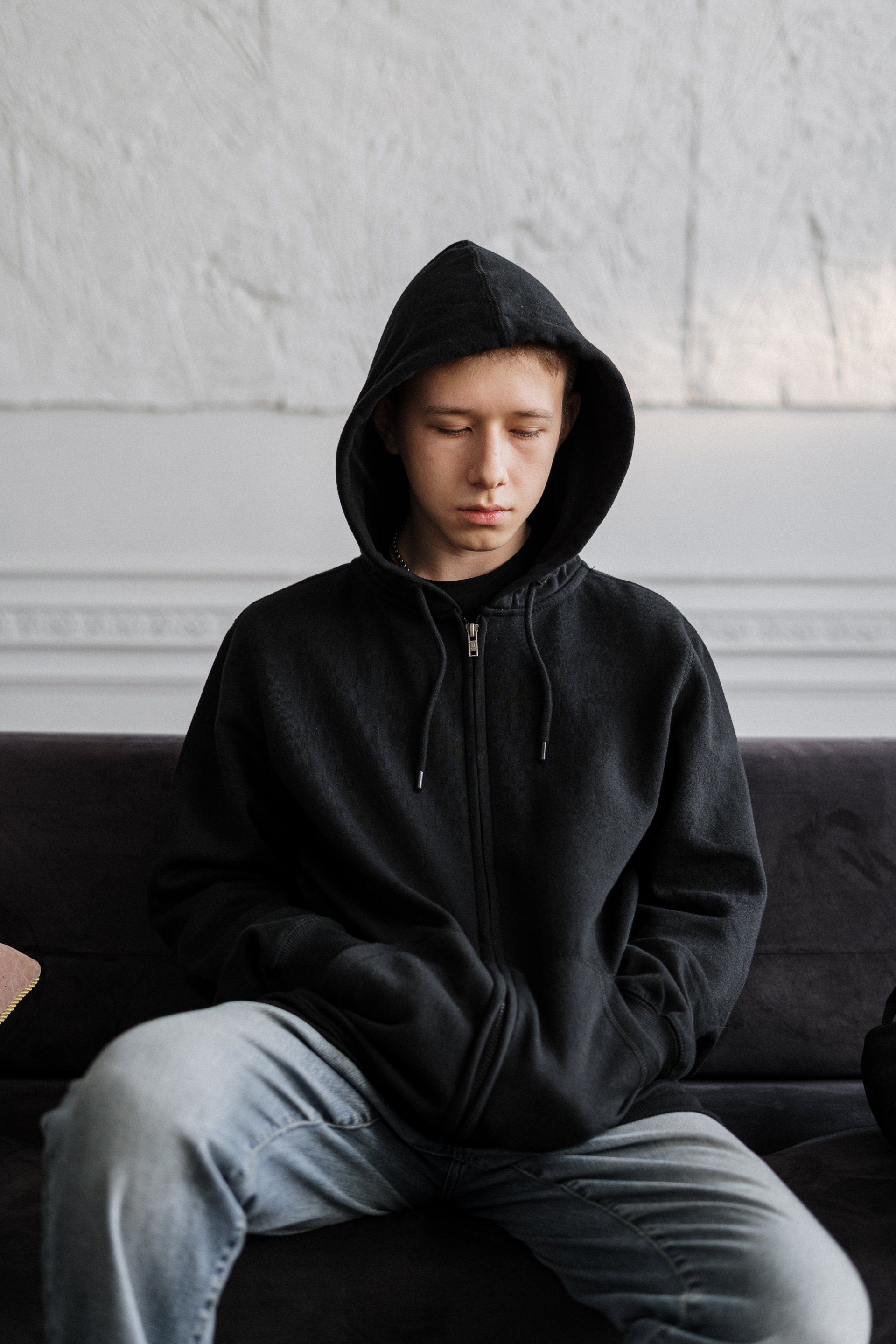
Why's all this happening, though? It's a mix of tough stuff—like some families just not getting it, schools that don't feel safe, and jobs that are hard to keep when you're figuring out where you'll sleep. And if you're a person of color in the mix, the uphill battle's even steeper.
The daily grind for these kids? It's rough. Beyond just finding a safe spot to crash, they're up against mental health battles, the risk of getting hurt, and way too many falling into substance use. Safe to say, the streets don't play fair, especially not for LGBTIQ+ youth.
But hey, it's not all doom and gloom. There are folks out there, real-life heroes, building up spaces where kids like Jordan can catch a break, find a community, and maybe even get back on their feet with some job skills or schooling.
This story, Jordan's story, it's a wake-up call. We've got to get our act together—push for laws that protect, not harm, create support nets that actually catch people, and, yeah, just be kinder, more understanding humans.
As we dive deeper, keeping it real with stories and the hard facts, remember: every Jordan out there isn't just looking for a handout. They're looking for a chance to make their own way, in a world that's got room for everyone. It's on us to help make that world, bit by bit.
Issues That Exacerbate The Problem
Being Gay: More Than an Identity
You'd think that the LGBT population, big as it is, and with the strides that we've made, would reduce homelessness. Yet it often leads to conflict at home. When you're true to yourself, it can sometimes mean losing the roof over your head, especially if your family sees your truth as a reason for rejection rather than celebration.
What the Bible Says About Being Gay
Religious interpretations that condemn being gay can tear families apart. When parents use scripture as a reason to disown their children, the result is often a young, scared, gay youth facing homelessness, struggling to reconcile their faith with their identity. Read our guide, What The Bible Actually Says About Homosexuality and you'll see how wrong people are to use the good book to disown their children.
The High Price of Coming Out
Coming out should be a moment of liberation, but for too many, it's the moment their family life unravels. Instead of hugs, they face ultimatums. The result? A staggering number of gay youth are kicked out, forced to navigate a world that's often unkind to the homeless. Read our Coming Out As Gay Guide to minimize or eliminate bad parental reactions. You can also read inspiring coming out stories here.
HIV Anxiety and Homelessness
The fear of HIV/AIDS is magnified on the streets, where healthcare and support are scarce. For homeless gay youth, this anxiety isn't just about health; it's about survival, adding another layer of vulnerability to an already precarious existence. Of course, you don't have to be homeless to be anxious about HIV. Read our guide, "The Odds of Getting HIV From a One Night Stand" and you'll breathe a little relief.
Descent into Depression
The isolation of being gay and homeless can lead to a deep, pervasive depression. Without a support system, many turn to substance abuse as a coping mechanism, further endangering their physical and mental health.
The Internal Battle
Internalized homophobia doesn't just hurt; it isolates. For those on the streets, it's like fighting a war on two fronts: battling societal stigma and their own internalized shame, making it even harder to seek out and accept help. Read our guide, "Overcoming Internalized Homophobia" if you're still carrying around shame around who you are.
On the Brink
The culmination of these struggles can lead some to question whether life is worth living. For homeless gay youth, the risk of suicide is not just a statistic; it's a daily battle against despair, highlighting the critical need for targeted support and intervention.
Statistics on lgbtq youth homelessness
Homeless lgbt youth statistics
LGBTQ+ individuals face disproportionate rates of homelessness and housing instability, as evidenced by statistical data.
According to the Center for American Progress, an estimated 20-40% of homeless youth in the United States identify as LGBTQ+.
Additionally, a study by the Williams Institute found that approximately 25% of youth in California schools who report forms of unstable housing are LGBT, and 22% of youth experiencing homelessness across 22 U.S. counties are LGB.
Furthermore, the same study revealed that 17% of sexual minority adults reported experiencing lifetime homelessness, which is more than twice the rate found in a general population study.
The statistics on lgbtq homelessness can be pared down to one word: overrepresentation. It's a complex issue influenced by various factors. Statistical data supports the assertion that family rejection is a significant contributor to LGBTQ+ youth homelessness, with many individuals being forced out of their homes after coming out.
The Family Acceptance Project's research has shown that LGBTQ+ youth who experience high levels of family rejection are
over 8 times more likely to report having attempted suicide, nearly 6 times more likely to report high levels of depression, and over 3 times more likely to use illegal drugs.
Economic disparities also play a significant role, with the same study by the Williams Institute revealing that 17% of sexual minority adults reported experiencing lifetime homelessness, which is more than twice the rate found in a general population study.
Homelessness in lgbtq youth statistics has shown that transgender individuals are at a particularly high risk of homelessness, with a significant percentage of transgender people having experienced homelessness at some point in their lives.
Homeless LGBTQ+ youth have particularly high rates of mental health and substance use problems, as highlighted by statistical data from the True Colors United organization, which states that LGBTQ youth are 120% more likely to experience homelessness than their non-LGBTQ peers. This population also faces barriers to accessing shelter services due to discrimination and harassment, further exacerbating their vulnerability.
It's Worse if You're Trans
Transgender individuals are at a particularly high risk of homelessness. According to the Williams Institute, a study found that 15.3% of those who experienced homelessness due to their transgender status in the past year sought shelter at a homeless shelter, while just under 85% did not seek shelter at a homeless shelter due to fear of mistreatment or other reasons.
Additionally, the same study revealed that 41.4% of those who sought shelter were denied access to one or more shelters, and almost 30% reported being denied shelter due to being transgender or due to their gender expression3
. Furthermore, the study indicated that 63% of transgender people and 80% of nonbinary people experiencing homelessness were unsheltered.
gay homelessness
Family Rejection is a Top Cause of Unhoused LGBT
Statistical data supports the assertion that family rejection is a significant contributor to LGBTQ+ youth homelessness, with many individuals being forced out of their homes after coming out. The stark reality hits hard when we consider the story of Alex Johnson, a 16-year-old who found himself on the cold streets one winter evening, his belongings stuffed into a backpack, after his parents told him he was no longer welcome because he was gay. The love he thought was unconditional turned its back on him in his most vulnerable moment.
Then there's Ben Carter, 18, who had always been the star athlete in his family. But the moment he gathered the courage to share his truth, the trophies and medals that adorned his room lost their shine. His father's pride turned into a silence that was louder than any cheer Ben had ever received on the field. The rejection didn't just strip him of a home; it stripped him of his identity.
And we can't overlook the journey of Chris Turner, a 20-year-old college student who juggled textbooks and a part-time job, all while trying to piece together what remained of his self-esteem. When Chris's roommate outed him to his family, the subsequent phone call from his mother was not one of support but a cold declaration that his lifestyle was not something they could accept under their roof. The phone line went dead, but the pain echoed endlessly.
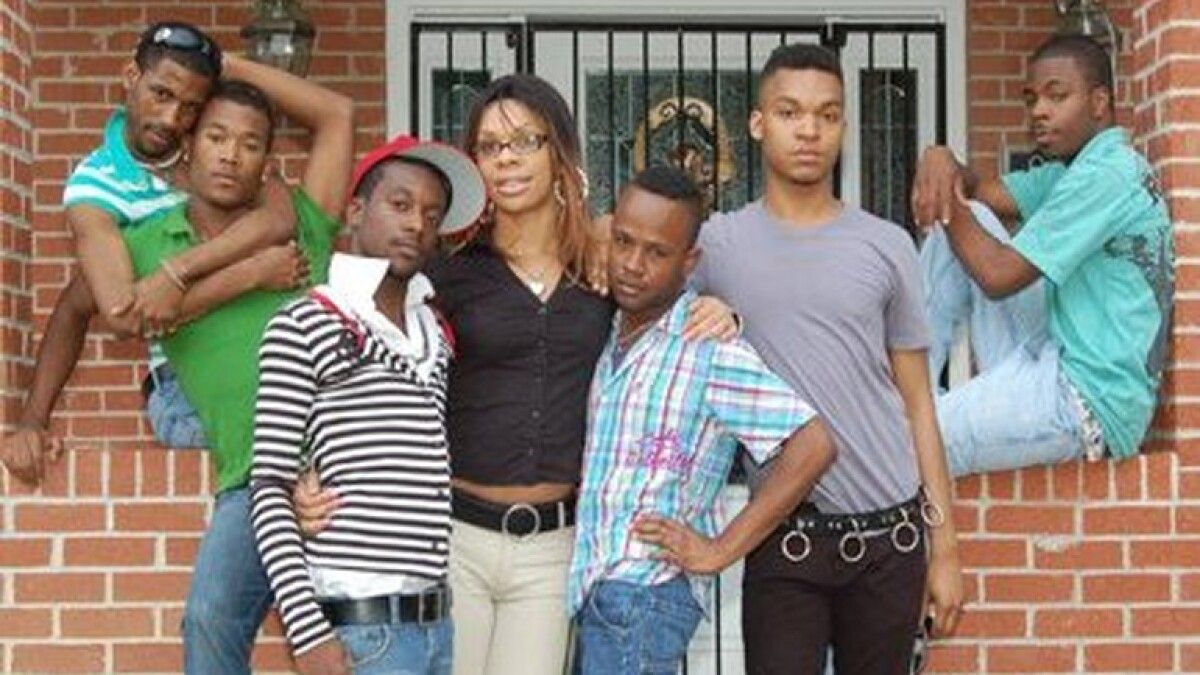
gay and homeless
Runaway vs Throwaway
In the complex world of homeless lgbt statistics, the terms "runaway" and "throwaway" paint pictures of two distinct paths that lead young people away from the safety of their homes.
While at a glance, they might seem similar—both involve young individuals living away from home—the circumstances that lead to these situations are markedly different, each carrying its own set of challenges and implications.
Runaways
Consider the story of Liam Walker, a 17-year-old who, feeling suffocated by the constant arguments and the unyielding pressure to conform to his parents' expectations, decides one night to pack a small bag and leave.
Liam's decision marks him as a "runaway." He left without permission, driven by a desire for autonomy or perhaps escape from a situation he perceived as unbearable. However, despite the apparent act of defiance, Liam's departure was a cry for help, a desperate attempt to assert some control over his life or to prompt a change in his relationship with his family.
Throwaways
On the flip side, we have Marcus Lee, also 17, who found himself standing on the front porch with his belongings in a trash bag, the door closed firmly behind him. Marcus didn't choose to leave; he was told to go by his stepfather, with his mother's silent acquiescence.
This scenario classifies Marcus as a "throwaway," expelled from his home, not out of a desire to leave but because he was made to. The difference here is stark—Marcus was denied the fundamental right to a secure family environment, pushed out into uncertainty with nowhere to turn.
The intertwining tales of Liam and Marcus highlight the crucial distinction between runaways and throwaways, yet their stories also reveal the blurred lines that often exist. For instance, Liam might find temporary refuge with a friend, his risky journey masked by a seemingly safe haven, while Marcus, despite his throwaway status, might return home after a night spent in the cold, his return borne not out of reconciliation but a sheer lack of alternatives.
The National Incidence Studies of Missing, Abducted, Runaway, and Thrownaway Children (NISMART) remind us that the gravity of a young person's situation cannot always be neatly categorized.
gay and homeless
How Intersectionality and Gender Identity Figure Into the Unhoused
The intersection of race and gender identity deeply influences the experience of LGBTQ+ individuals, especially when it comes to homelessness.
Data reveal that LGBTQ+ youth of color face compounded challenges due to their intersectional identities. A study by Chapin Hall at the University of Chicago found that LGBTQ+ young people had a 120% higher risk of experiencing homelessness, with those from Black and Latinx communities disproportionately affected.
Take the case of Jamal, a Black transgender teen. His journey through homelessness is not just about his gender identity but also about the racial discrimination he encounters. For Jamal, and many like him, these dual facets of identity mean navigating a more complex landscape of prejudice and exclusion.
Similarly, gender identity plays a crucial role. The 2015 U.S. Transgender Survey reported that 29% of respondents were living in poverty, compared to 14% of the overall U.S. population, highlighting the economic hardships faced by transgender individuals.
For someone like Maria, a Latina transgender woman, this statistic is a daily reality. Her struggle for acceptance is compounded by systemic barriers that limit access to employment, housing, and healthcare, all exacerbated by her ethnicity and gender identity.
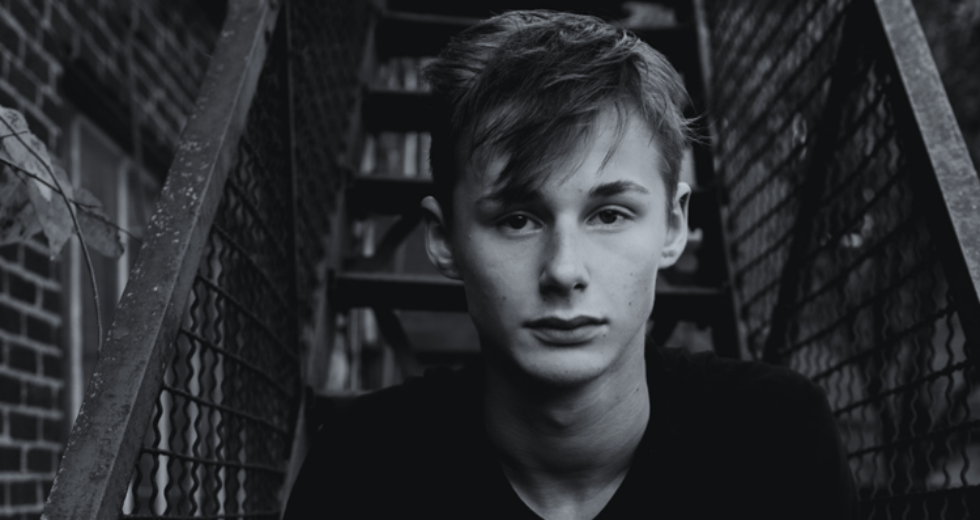
These individual stories are underpinned by stark statistics that illustrate the broader issue. For instance, African American LGBTQ+ youth are significantly overrepresented in the homeless population, accounting for about 40% despite being only 13% of the youth population in the U.S.
This disparity is not just a number; it represents countless lives navigating the intersection of racial and LGBTQ+ identities amid societal and systemic challenges.
Moreover, gender identity intersects with these factors to further complicate the picture. Transgender youth, in particular, face high rates of rejection and violence, both within their families and in public spaces.
This reality is reflected in their overrepresentation in the homeless population, with one study finding that up to 40% of homeless youth identify as LGBTQ+, a significant portion of whom are transgender or non-binary.
The concept of intersectionality, coined by Kimberlé Crenshaw, is crucial here. It helps us understand how overlapping identities like race, gender, and sexual orientation compound experiences of discrimination and marginalization.
For LGBTQ+ individuals of color, these intersections are not just theoretical constructs but lived realities that shape every aspect of their lives, from safety and housing stability to mental health and access to supportive communities.
The intersection of race and gender identity with LGBTQ+ status is a critical lens through which to view and address the issue of homelessness. The stories of individuals like Jamal and Maria, backed by compelling statistics, call for a nuanced approach that considers the full spectrum of identity in tackling homelessness.
Only by recognizing and addressing these intersecting factors can we hope to provide effective support and create a more inclusive and equitable society.
gay homelessness
The Health Risks of Being Unhoused
In the shadows of our bustling cities, an unseen battle rages. LGBTQ+ homeless youth face a gauntlet of health risks that threaten not just their bodies, but their very souls.
Take Michael Thompson, 19, who found himself on the streets after his family disowned him for being gay. "I thought the worst had happened when I lost my home," Michael recalls, "but that was just the beginning."
His words echo the harrowing journey many LGBTQ+ homeless youth endure, particularly the mental health crisis they face. Studies show that over 60% of these young people suffer from severe mental distress, a stark contrast to the 29% among their non-LGBTQ+ homeless peers.
Then there's David Martinez, 23, whose story brings a human face to the HIV/AIDS epidemic within this community. "I was just trying to survive," David whispers about selling his body, the weight of his diagnosis heavy in his voice.
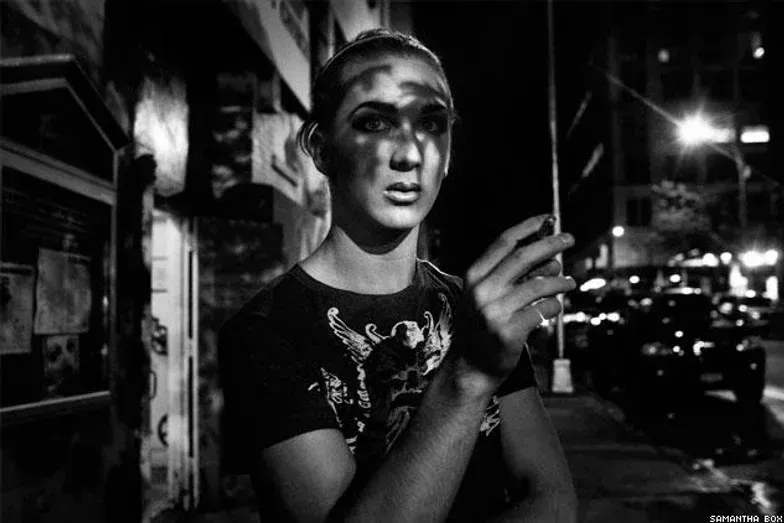
His experience isn't isolated. An alarming 10% of homeless youth are living with HIV, a rate significantly higher than the general population.
Substance abuse offers a temporary escape but ensnares many in a cycle of dependency. Like Alex Johnson, 21, who turned to drugs to numb the pain. "You think it'll make things easier, but it just adds another layer of hell," Alex admits. Research supports his experience, showing that LGBTQ+ homeless youth are more likely to engage in substance use compared to their heterosexual counterparts.
Each story, each statistic, is a call to action. The mental turmoil, the shadow of HIV, the grip of addiction—these are not just individual tragedies but a collective failure to protect our most vulnerable. Behind each number is a life, a person struggling to find hope in the midst of despair.
Public Misconceptions and Stigma Around LGBT Homelessness
In the tapestry of LGBTQ+ homeless youth's lives, public misconceptions and stigma weave a complex and often harsh pattern. These societal misunderstandings cast long shadows, shaping not only how these individuals are viewed but also how they view themselves.
Consider the story of Liam Green, a 20-year-old who's been sleeping in parks since his family kicked him out. "People think I chose this life," Liam says, his frustration palpable. "They don't see the rejection, the pain." This misconception, that homelessness is a choice for LGBTQ+ youth, is widespread and damaging. It ignores the harsh reality of family rejection and systemic failures that leave these young people with few alternatives.
Then there's the stigma attached to mental health and substance abuse. For Jayden Lee, 22, battling depression and drug addiction on the streets, judgment from others is a constant companion.
"They see the drugs, the struggles, and write me off," Jayden shares, his voice tinged with sadness. This stigma often prevents LGBTQ+ homeless youth from seeking help, fearing judgment more than the streets.
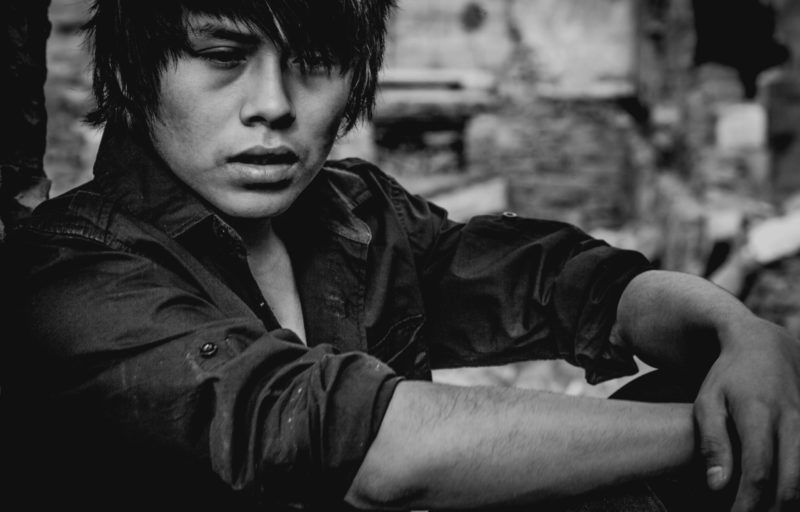
Gender identity adds another layer of complexity. Alex Rivera, a 19-year-old transgender man, faces daily misunderstandings about his identity. "It's like I have to justify who I am to get a bit of compassion," Alex explains. This lack of understanding can lead to further isolation and marginalization, making an already difficult situation even harder.
The myth of the "runaway" is particularly pernicious. Many believe these youth left home seeking adventure or rebelling against authority. But as Oliver Smith, 18, puts it, "I didn't run away from home; I was escaping a place where I was constantly afraid." This narrative fails to acknowledge the violence and abuse that many LGBTQ+ youth flee from, simplifying their plight to a mere adolescent phase.
Public perceptions also fail to grasp the diversity within the LGBTQ+ homeless community. People like Maria Gonzalez, a 21-year-old lesbian of color, face a complex intersection of racial and sexual identity biases. "It's like you're fighting on all fronts," Maria says, highlighting how racial and LGBTQ+ stigmas intersect to compound the challenges
These misconceptions and stigmas do more than harm individual lives; they perpetuate a cycle of misunderstanding and neglect. By viewing LGBTQ+ homelessness through a lens clouded by judgment and stereotype, society misses the opportunity to address the root causes and to extend the empathy and support these young people desperately need.
gay and homeless
Expert Recommendations For Solving Unhoused Problems
Tackling the LGBTQ+ homelessness crisis demands more than just goodwill; it necessitates targeted, informed action from both governmental and community levels. Experts in the field have laid out a roadmap, rich with practical recommendations that, if implemented, could drastically alter the landscape for these vulnerable youth.
Firstly, there's a clarion call for inclusive, affirming policies. Take, for example, the case of San Francisco's "Jasper Gardens," a housing initiative tailored specifically for LGBTQ+ youth.
By providing not only a roof but also access to mental health services, job training, and community-building activities, it stands as a beacon of what's possible when policies are inclusive and holistic.
Another recommendation is for mandatory sensitivity training for all individuals working within homeless services. Picture a scenario where every shelter worker, like those in Seattle's "Haven Project," undergoes comprehensive training to understand and respect the unique needs of LGBTQ+ youth. This kind of empathy-driven approach can transform shelters into true sanctuaries.
Enhanced support for family reconciliation services is also crucial. Organizations like "Family Matters" in Chicago have shown how mediation and counseling can sometimes rebuild bridges burnt by misunderstanding and prejudice, offering a potential path back home for some youths.
Furthermore, experts underscore the importance of targeted support for transgender and non-binary youth, who face distinct challenges. Initiatives like New York's "TransHousing Network" provide not just housing but also legal assistance, healthcare, and peer support, tailoring services to the nuanced needs of trans youth.
Youth empowerment is another pillar. Programs that put decision-making in the hands of the youth, such as the "Youth Action Board" in Los Angeles, empower them to lead changes in the services they rely on, ensuring these services are relevant and responsive.
Moreover, experts advocate for the integration of LGBTQ+ homelessness into broader housing and anti-poverty policies. By embedding LGBTQ+ specific strategies within wider efforts, such as the national "Housing First" approach, the structural factors contributing to homelessness can be addressed more effectively.
Community-based solutions also play a pivotal role. Grassroots initiatives, like the "Queer Soup Night," a Brooklyn-based fundraising event, harness the power of community to support local LGBTQ+ homeless shelters, demonstrating how small-scale, community-driven efforts can have a tangible impact.
Lastly, the call for more robust data collection and research is unanimous among experts. By understanding the scope and specifics of LGBTQ+ youth homelessness, like the insights gathered from San Diego's annual "Point-in-Time Count," policies and programs can be better tailored to meet actual needs.
In essence, the path forward is marked by policies and programs that are as diverse and nuanced as the LGBTQ+ community itself. From government-led initiatives to grassroots movements, the blueprint for change is there, waiting to be actioned. It's about creating a mosaic of solutions, each piece critical to the overall picture of ending LGBTQ+ youth homelessness.
RESOURCES
National Coalition for the Homeless
The National Coalition for the Homeless emphasizes the importance of providing safe and appropriate shelter and housing programs for transgender youth and adults, as well as the need for shelter staff to be trained on how to be allies to LGBTQ individuals.
Website: https://nationalhomeless.org
U.S. Department of Housing and Urban Development (HUD)
HUD provides resources to ensure fair and equal access to housing regardless of sexual orientation. This includes a search engine to identify local runaway and homeless youth providers that are welcoming and affirming to LGBTQ individuals.
Website: HUD for LGBT
The Trevor Project
National organization providing crisis intervention and suicide prevention services to LGBTQ youth.
Website: Trevor Project for LGBT Homeless
Phone: 1-866-488-7386
True Colors United
Nonprofit focused on ending LGBTQ youth homelessness. Provides training, resources and advocacy.
Website:
https://truecolorsunited.org
Phone: 212-461-4401
Sylvia Rivera Law Project
Legal aid and advocacy for LGBTQ, homeless, and low-income communities in New York.
Website: https://srlp.org/
Phone: 212-337-8550
Ali Forney Center
Provides housing, medical care, and other services to LGBTQ homeless youth in NYC.
Website: https://www.aliforneycenter.org/
Phone: 212-222-3427
National Network for Youth
Public education and advocacy around LGBTQ youth homelessness issues.
Website: https://nn4youth.org/
Phone: 202-783-7949
CenterLink
Coalition of over 250 LGBTQ community centers, resources to find local support.
Website: https://www.lgbtcenters.org/
Phone: 954-765-6024
Point Foundation
Provides scholarships and mentoring to LGBTQ students, many who are homeless/in crisis.
Website: https://pointfoundation.org/
Phone: 323-933-1234
